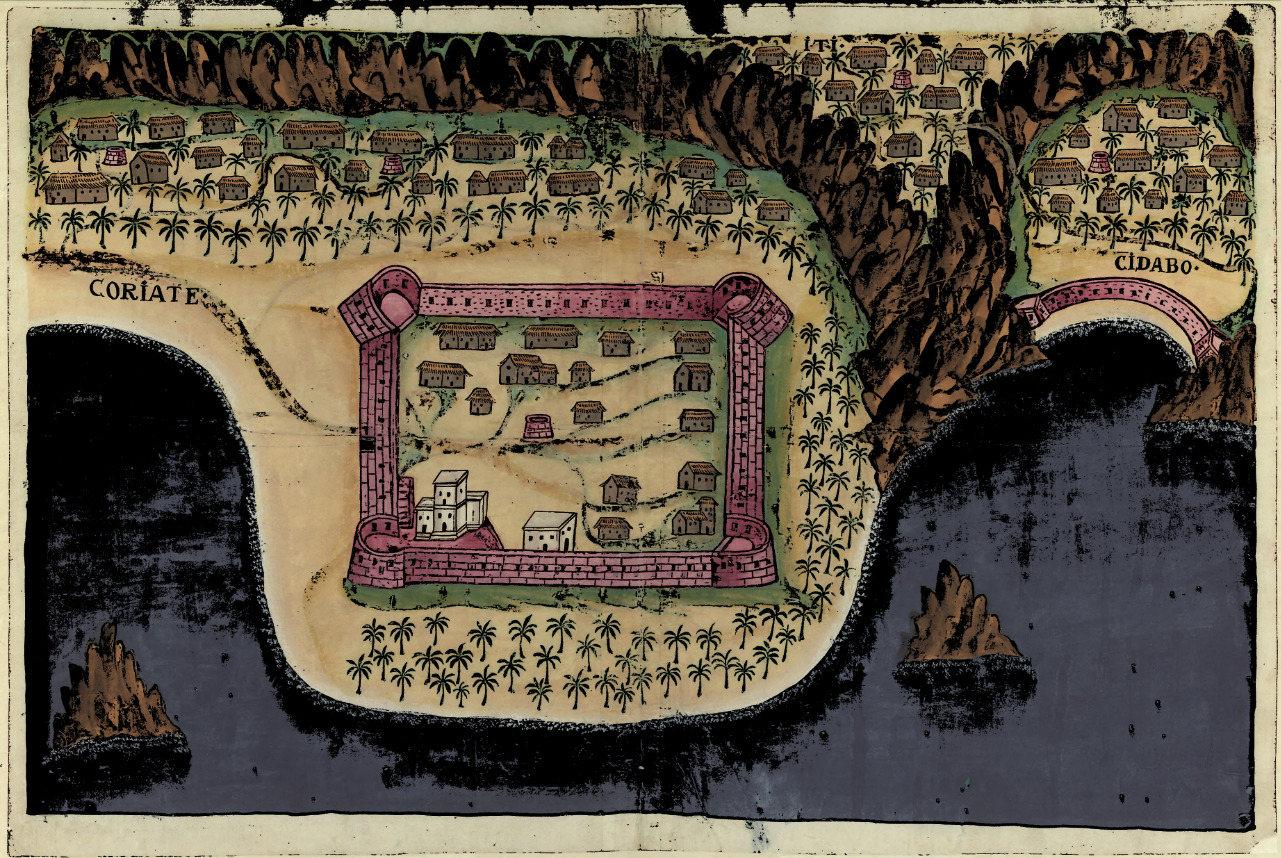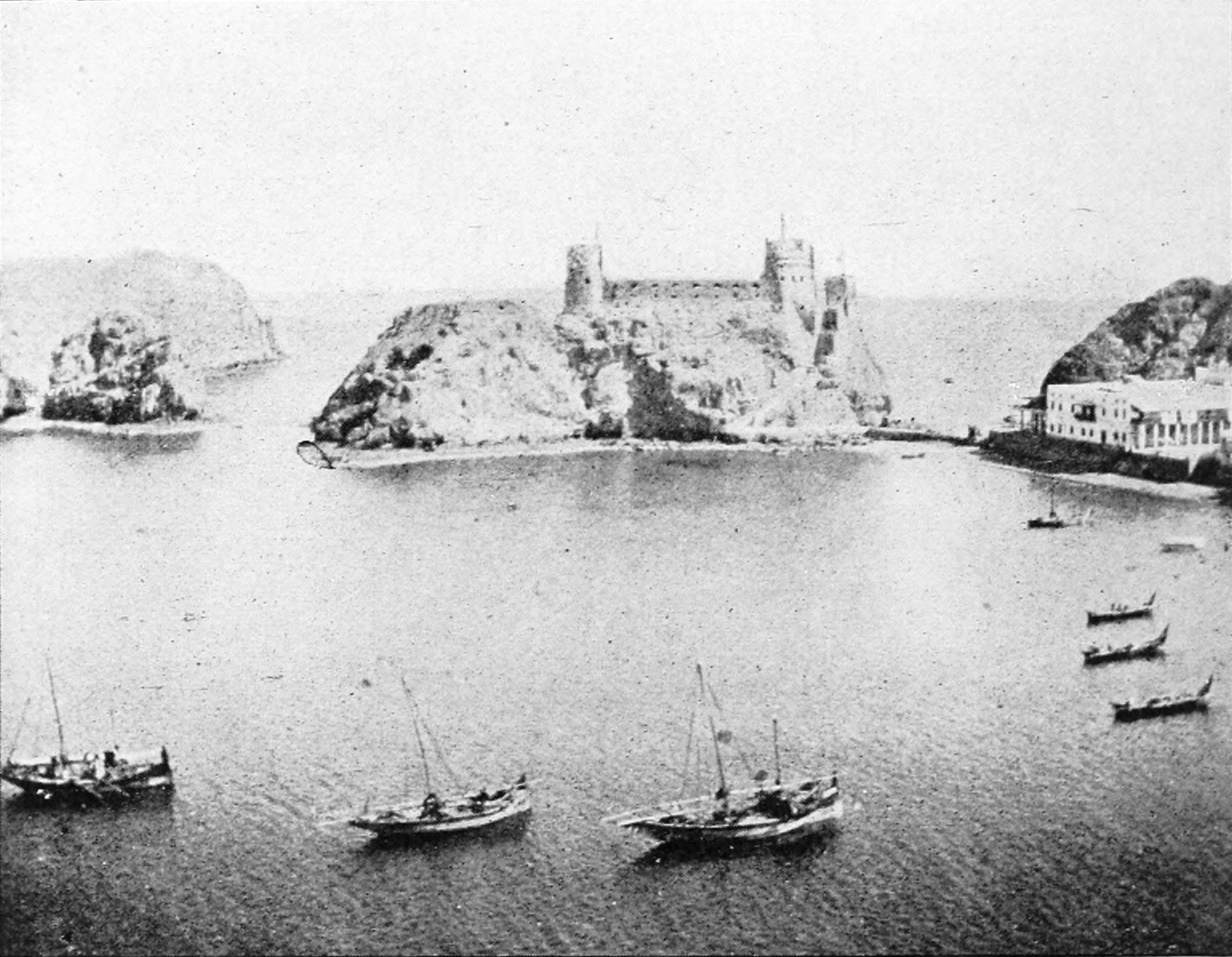|
Muscat Governorate
Muscat () is a governorate A governorate or governate is an administrative division headed by a governor. As English-speaking nations tend to call regions administered by governors either states or provinces, the term ''governorate'' is typically used to calque divisions ... of the Sultanate of Oman. Its provincial capital is Muscat, which is the largest city and only metropolis of Oman. Muscat Governorate, commonly referred to as Muscat City, is the seat of government and contains Oman's first cruise and cargo port and oil port. Its population reached 1,288,330 as of May 2015. Provinces Muscat Governorate consists of six provinces ( wilayat): * Al Amarat * Bawshar * Muscat (Old Town) * Muttrah * Qurayyat * Al Seeb Governors * Sayyid Shihab bin Faisal Al Said, 1960 - 1970 * Sayyid Thuwaini bin Shihab Al Said, 1970 - 1984 * Al-Mutasim bin Hamoud Al Busaidi, 1984 - 1985 * Sultan bin Hamad Al-Samar Al Busaidi, 1985 - 1991 * Al-Mutasim bin Hamoud Al Busaidi, 1991 - 201 ... [...More Info...] [...Related Items...] OR: [Wikipedia] [Google] [Baidu] |
Governorates Of Oman
Oman is divided into eleven governorates ('' muhafazah'') as of 28 October 2011. Each of the 11 governorates are divided into '' wilayat'' ( provinces). Regions and governorates before 2011 Before 28 October 2011, Oman was divided into five regions ('' mintaqah'') and four governorates ('' muhafazah''). The governorates were Muscat, Dhofar, Buraimi and Musandam. Buraimi Governorate was created in October 2006 from parts of Ad Dhahirah Region. The regions are further subdivided into 61 wilayat. Each region has one or more regional center with a grand total of 12. See also * ISO 3166-2:OM References External linksArabian names at Geonames.de [...More Info...] [...Related Items...] OR: [Wikipedia] [Google] [Baidu] |
Seeb, Oman
Al-Seeb, As Seeb, As Sib, or Seeb () is a coastal fishing Provinces of Oman, province, located several kilometres northwest of Muscat, in northeastern Oman. At the 2020 census, it had a population of 470,878. Landmarks include the Naseem Garden, the Royal Stables and Equestrian Centre, Royal Guard of Oman Technical College, Al Baraka Palace, Muscat International Airport and Markaz al Bahja. History The "Fort of Sibo" was located here. It complemented the defence of Muscat Square, which was one of its first and most important roles. It was part of a series of fortified cities that the Portugal, Portuguese put up to control access to the Persian Gulf and the Gulf of Oman, like Khor Fakan, Muscat, Sohar, Seeb, Qurayyat and Muttrah. It has been demolished, at its former location today stands the Muscat International Airport. As-Seeb is known for being the venue in which the Treaty of Seeb agreement took place between the Imamate of Oman and the Sultanate of Muscat on 25 September 19 ... [...More Info...] [...Related Items...] OR: [Wikipedia] [Google] [Baidu] |
Al Batinah Region
Al-Bāţinah () was one of the regions ''( Mintaqat)'' of Oman. On 28 October 2011, Al-Batinah Region was bifurcated into Al Batinah North Governorate and Al Batinah South Governorate. The region occupied an important location on the coast of Gulf of Oman. It layed between Khatmat Malahah in the north and Ras al-Hamra in the south, and confined between Al- Hajar Mountains in the west and the Gulf of Oman in the east. Provinces Al Batinah Region contained the largest number of provinces ('' wilayat''), numbering twelve 12: * Sohar * Ar Rustaq * Shinas, * Liwa * Saham * Al-Khaburah * Suwayq * Nakhal * Wadi Al Maawil * Al Awabi * Al-Musannah * Barka Suwayq Al Suwaiq () is a coastal wilayah (Provinces of Oman, province) in Al Batinah North Governorate, in northeastern Oman. The province has historically been an economic hub, attracting residents from the surrounding areas, its strategic location faci ... was considered as the biggest wilayah in the Batinah region. ... [...More Info...] [...Related Items...] OR: [Wikipedia] [Google] [Baidu] |
Ad Dakhiliyah Region
Ad Dakhiliyah () is one of the eleven Governorates of Oman, governorates (''muhafazah'') of Oman with Nizwa town as the regional center. It was previously a region (''mintaqah''). It became a governorate on 28 October 2011. Provinces Ad Dakhiliyah Governorate consists of nine Provinces of Oman, provinces (wilayat): *Nizwa *Samail *Bahla *Adam, Oman, Adam *Al Hamra, Oman, Al Hamra *Manah, Oman, Manah *Izki *Bidbid, Bid Bid *Jebel Akhdar (Oman), Jebel Akhdar Demographics As of April 2024, 71.4% of the population are Omanis, Omani nationals and 28.6% are Expatriates in Oman, expatriates. References Ad Dakhiliyah Governorate, Governorates of Oman {{Oman-geo-stub ... [...More Info...] [...Related Items...] OR: [Wikipedia] [Google] [Baidu] |
Ash Sharqiyah Region (Oman)
Ash-Sharqiyyah Region () was the eastern ''mintaqah, minṭaqah'' (Administrative divisions of Oman, region) of the Sultanate of Oman. The capital of Ash-Sharqiyyah is Sur, Oman, Sur. On 28 October 2011 Ash Sharqiyah Region was split into Ash Sharqiyah North Governorate and Ash Sharqiyah South Governorate. Ash Sharqiyah Region consisted of eleven Provinces of Oman, provinces (''Wilayah, Wilāyāt''): Sur, Oman, Sur, Ibra, Al-Mudhaibi, Al Kamil Wal Wafi, Al-Kamil Wal-Wafi, Jalan Bani Bu Hassan, Jalan Bani Bu Ali, Wadi Bani Khalid, Dema Wa Thaieen, Bidiya, Al Qabil, and Masirah Island, Massirah. The main City, cities are Sur and Ibra. History Archaeology In November 2019, 45 well-preserved tombs covering a 50-80 square metre area and a settlement, dating back to beginning of the Iron Age, were discovered in Al-Mudhaibi by archaeologists from Oman and Heidelberg University. Archaeologists believed that the site belonged to the miners who were working in copper mining. Ecology O ... [...More Info...] [...Related Items...] OR: [Wikipedia] [Google] [Baidu] |
Arabian Sea
The Arabian Sea () is a region of sea in the northern Indian Ocean, bounded on the west by the Arabian Peninsula, Gulf of Aden and Guardafui Channel, on the northwest by Gulf of Oman and Iran, on the north by Pakistan, on the east by India, and on the southeast by the Laccadive Sea and the Maldives, on the southwest by Somalia. Its total area is and its maximum depth is . The Gulf of Aden in the west connects the Arabian Sea to the Red Sea through the strait of Bab-el-Mandeb, and the Gulf of Oman is in the northwest, connecting it to the Persian Gulf. Geography The Arabian Sea's surface area is about .Arabian Sea Encyclopædia Britannica The maximum width of the sea is approximately , and its maximum depth is . The biggest river flowing into the sea is the Indus River. The Arabian Sea has two ... [...More Info...] [...Related Items...] OR: [Wikipedia] [Google] [Baidu] |
Sultan Bin Hamad Al-Samar Al Busaidi
Sultan (; ', ) is a position with several historical meanings. Originally, it was an Arabic abstract noun meaning "strength", "authority", "rulership", derived from the verbal noun ', meaning "authority" or "power". Later, it came to be used as the title of certain rulers who claimed almost full sovereignty (i.e., not having dependence on any higher ruler) without claiming the overall caliphate, or to refer to a powerful governor of a province within the caliphate. The adjectival form of the word is "sultanic", and the state and territories ruled by a sultan, as well as his office, are referred to as a sultanate ( '. The term is distinct from king ( '), though both refer to a sovereign ruler. The use of "sultan" is restricted to Muslim countries, where the title carries religious significance, contrasting the more secular ''king'', which is used in both Muslim and non-Muslim countries. Brunei, Malaysia and Oman are the only sovereign states which retain the title "sultan" fo ... [...More Info...] [...Related Items...] OR: [Wikipedia] [Google] [Baidu] |
Al-Mutasim Bin Hamoud Al Busaidi
Abū Isḥāq Muḥammad ibn Hārūn al-Rashīd (; October 796 – 5 January 842), better known by his regnal name al-Muʿtaṣim biʾllāh (, ), was the eighth Abbasid caliph, ruling from 833 until his death in 842. When al-Ma'mun died unexpectedly on campaign in August 833, al-Mu'tasim was thus well placed to succeed him, with the support of the powerful chief , Ahmad ibn Abi Duwad, he continued to implement the rationalist Islamic doctrine of Mu'tazilism and implementing policy. A younger son of Caliph Harun al-Rashid (r. 786–809), he rose to prominence through his formation of a private army composed predominantly of Turkic slave-soldiers (, sing. ). This proved useful to his half-brother, Caliph al-Ma'mun, who employed al-Mu'tasim and his Turkish guard to counterbalance other powerful interest groups in the state, as well as employing them in campaigns against rebels and the Byzantine Empire. Although not personally interested in literary pursuits, al-Mu'tasim also ... [...More Info...] [...Related Items...] OR: [Wikipedia] [Google] [Baidu] |
Shihab Bin Faisal Al Said
The Shihab dynasty (alternatively spelled Chehab; , ALA-LC: ''al-Shihābiyūn'') is an Arab family whose members served as the paramount tax farmers and emirs of Mount Lebanon from the early 18th to mid-19th century, during Ottoman rule (1517–1918). Before then, the family had been in control of the Wadi al-Taym region, purportedly as early as the 12th century. During early Ottoman rule, they maintained an alliance and marital ties with the Ma'n dynasty, the Chouf-based, paramount Druze emirs and tax farmers of Mount Lebanon. When the last Ma'nid emir died without male progeny in 1697, the chiefs of the Druze in Mount Lebanon appointed the Shihab emir, Bashir, whose mother belonged to the Ma'n, as his successor. Bashir was succeeded by another Shihab emir with a Ma'nid mother, Haydar, after his death. Under Haydar, the Shihabs crushed their main rivals for paramountcy amongst the Druze at the Battle of Ain Dara in 1711, consolidating their dominance of Mount Lebanon through ... [...More Info...] [...Related Items...] OR: [Wikipedia] [Google] [Baidu] |
Qurayyat, Oman
Qurayyat is a small fishing town 83 km southeast of Muscat, Oman, adjacent to the towns of Sur, Diman Wa Tayeen and Aamerat. A popular stopping point on the way to Sur, Qurayyat is in itself also a very popular destination for Muscat. On 28 June 2018, Qurayyat set the record for the highest daily "low" temperature ever recorded: . Climate of Qurayyat Given that the state is coastal, the humidity levels rise up to extremes especially in Summer, while mountains remain relatively lower levels of humidity, Al Jabal Al Aswad (The Black Mountain) is located in the inner parts of the state and it is known for extreme cold weathers in Winter and moderate heat in Summer. Qurayyats Icon Most states in Oman have an icon that generally represents the state (For example, Lemon Tree for Saham), and for Qurayyat it is the Capra, given that the animal's habitat is scattered across the mountains of Qurayyat and the connection between Capra and Qurayyat's people. Landmarks Qurayyat ... [...More Info...] [...Related Items...] OR: [Wikipedia] [Google] [Baidu] |
Muscat
Muscat (, ) is the capital and most populous city in Oman. It is the seat of the Governorate of Muscat. According to the National Centre for Statistics and Information (NCSI), the population of the Muscat Governorate in 2022 was 1.72 million. The metropolitan area includes six provinces, called , and spans approximately . Known since the early 1st century CE as a leading port for trade between the west and the east, Muscat was ruled successively by various indigenous tribes, as well as by foreign powers such as the Persians, the Portuguese Empire and the Ottoman Empire. In the 18th century, Muscat was a regional military power: its influence extended as far as East Africa and Zanzibar. As an important port town in the Gulf of Oman, Muscat attracted foreign traders and settlers such as the Persians, the Balochs and the Sindhis. Beginning in 1970, after the accession of Qaboos bin Said as the Sultan of Oman, Muscat experienced rapid infrastructural development; it developed ... [...More Info...] [...Related Items...] OR: [Wikipedia] [Google] [Baidu] |





